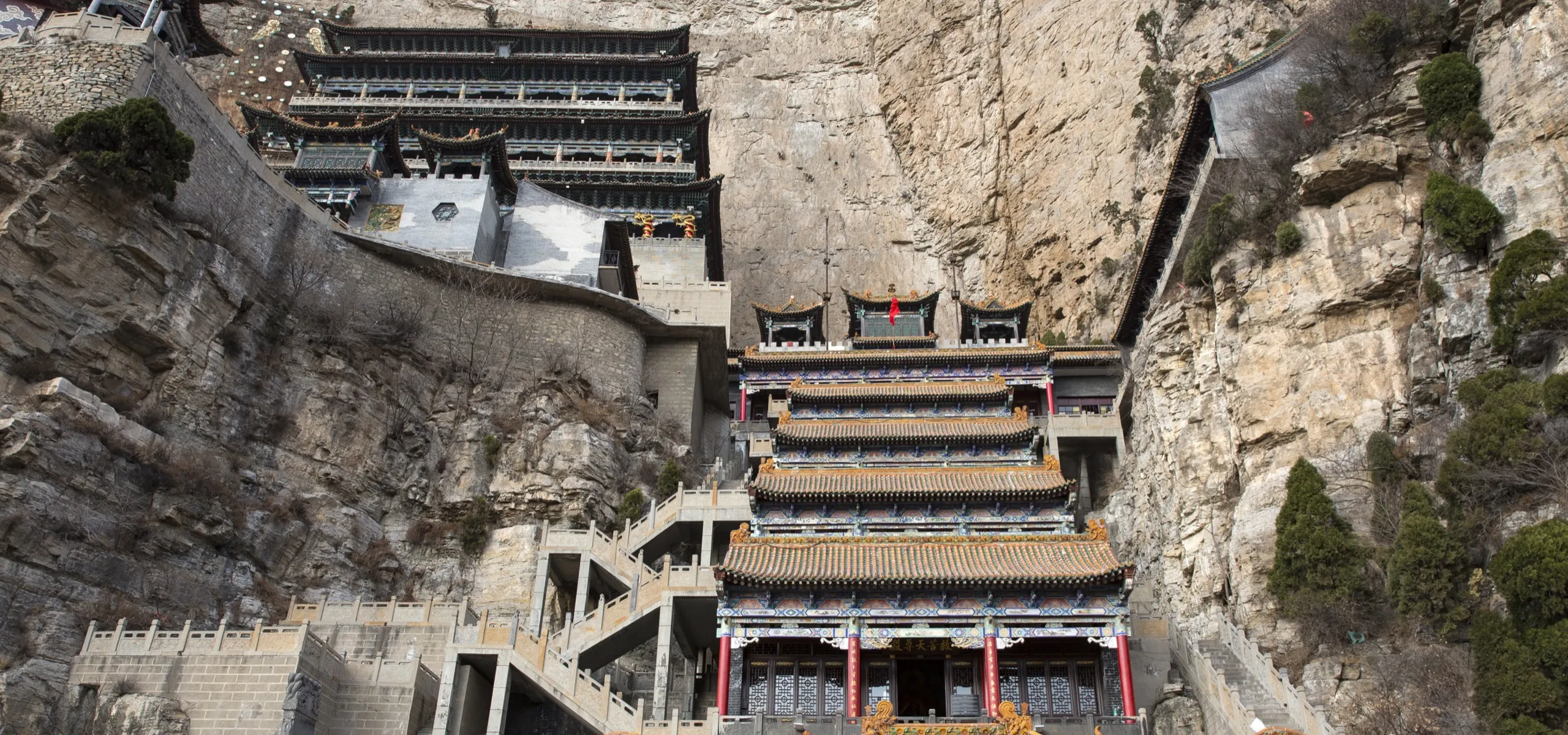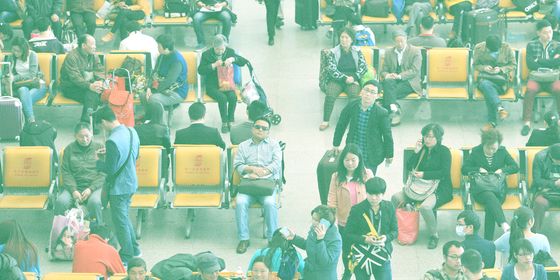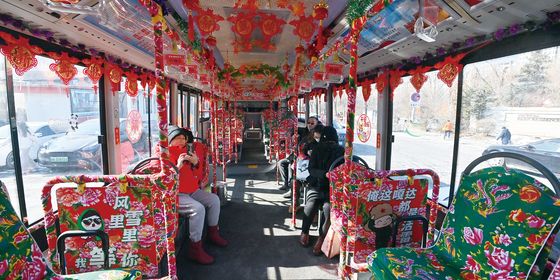Searching for the origins of China’s festival to the dead on the mountain where it all began more than 2,500 years ago
The clash of cymbals and reverberation of drum beats are punctuated by the ominous echoes of gongs. Red-and-gold-clad performers wave flags and dance in unison, while an army of flutists walk in their wake. The festive spirit is palpable as crowds gather on Mount Mianshan in Shanxi province to commemorate the dead and celebrate the revered Jie Zitui (介子推), a hermit official whose death more than 2,500 years ago supposedly gave rise to some traditions of the Qingming Festival. But there is a catch: these videos and photos are from 2019.
Four years on, as post-pandemic China emerges from hibernation, I set off in search of this pageantry on the sacred slopes where Qingming is said to have started.
My trip begins in Taiyuan, where I board a high-speed train and zoom across the open fields of central Shanxi province to Jiexiu city. The scenery is familiar to much of China’s rail network: an eclectic assortment of buildings in various stages of construction; open fields of trees slowly coming back to life after months of stubborn frigidity; vacant lots of large mounds of timber; crumbling brick walls surrounding workers’ dormitories.
Ensconced between abandoned projects and forgotten ideas, relatives have carved out a space for their loved ones who have passed away—through the window I catch occasional glimpses of burial mounds, freshly tended to and overflowing with flowers whose colors are too bright to ever occur naturally.
Today is Qingming Festival, the day when Chinese sweep the tombs of their ancestors and pay respects to the dead. Makeshift stalls form busy marketplaces alongside the roads to Mianshan. The mountain is 30 minutes from the train station by car and I spot many vendors along the way, most selling the same three things: incense, joss paper, and fake flowers in Cheeto orange, neon green, and fluorescent pink.
I ask my taxi driver if plastic flowers are preferred and he nods. “Fake flowers for the dead, real ones for the living,” he grunts. “Besides, they last longer.” I ask him whether there will be dancing or performers at Mianshan this year. He scowls and says that he does not care for dancing.
A heavy blanket of morning smog obscures the outline of the mountains as we make our way toward the ticket office. From the window of the taxi, I spot shards of sunlight that poke through the pollution; they illuminate a family standing in solidarity in a meadow by the side of the road in an almost celestial fashion. Surrounding a burial plot, their bodies are heaving and shuddering and it seems as if they’re crying. I feel like an intruder, despite the distance between us.













